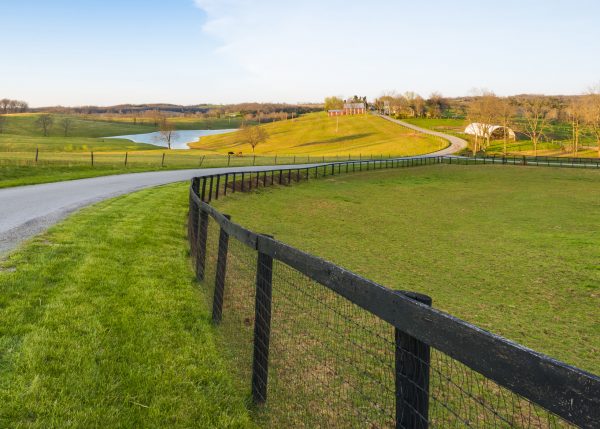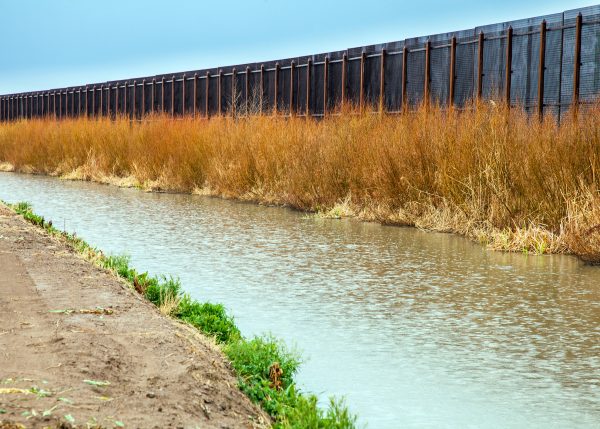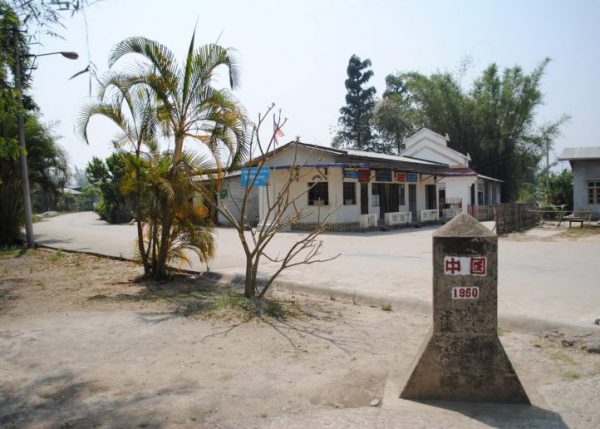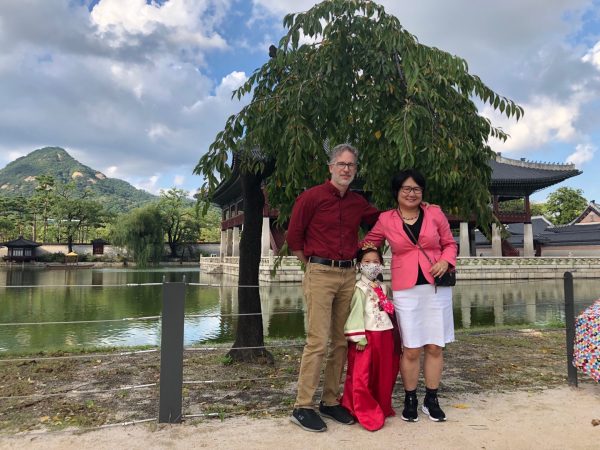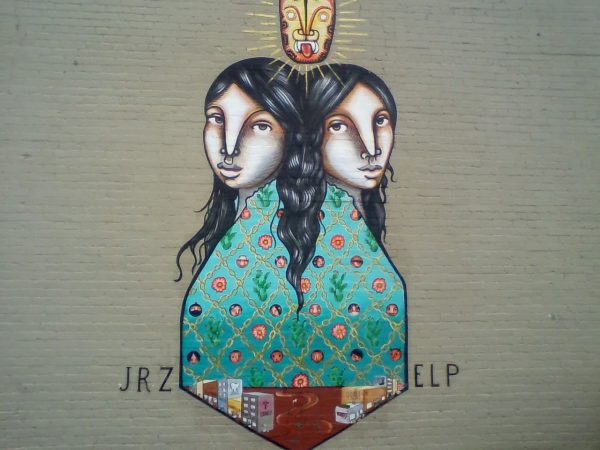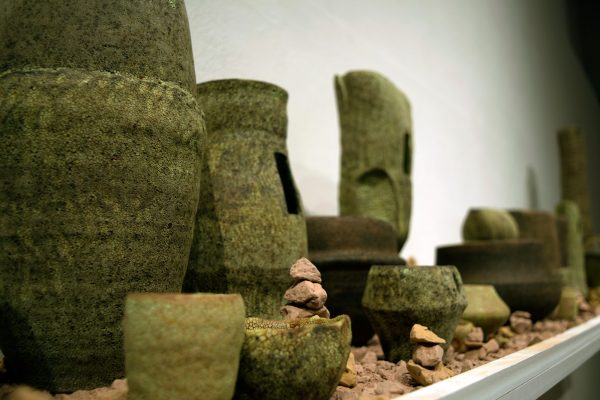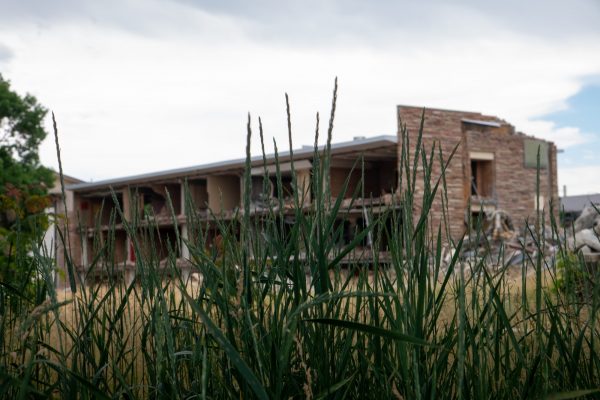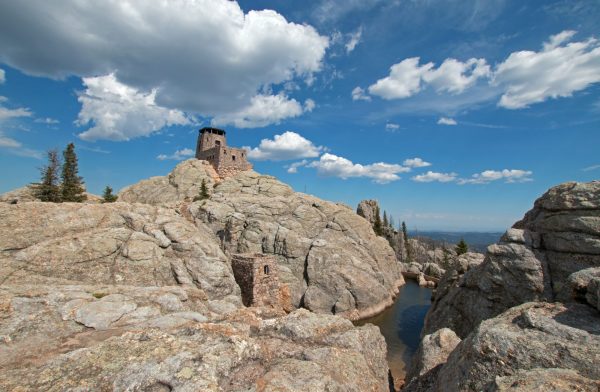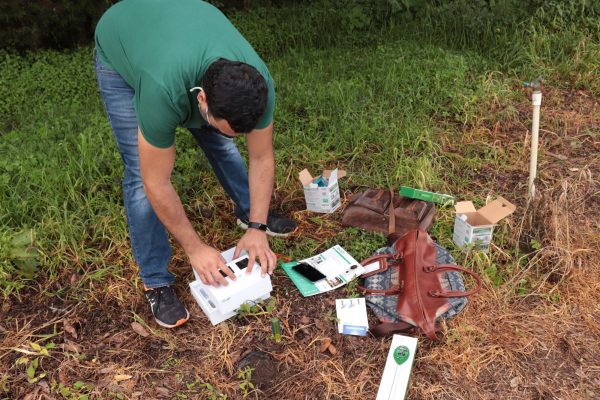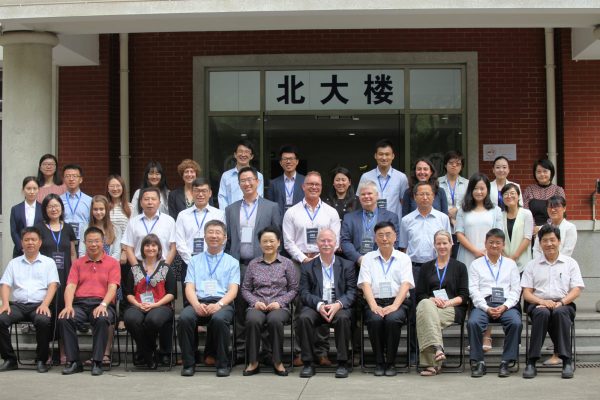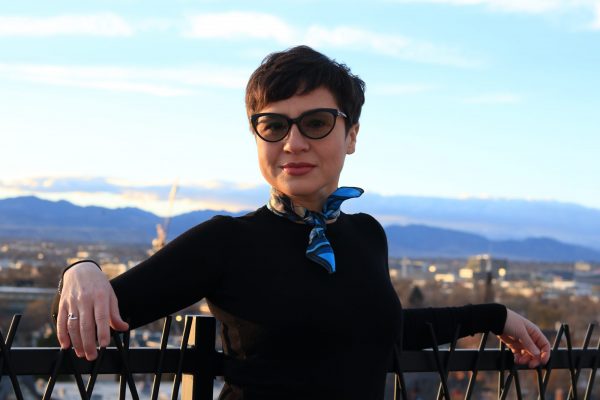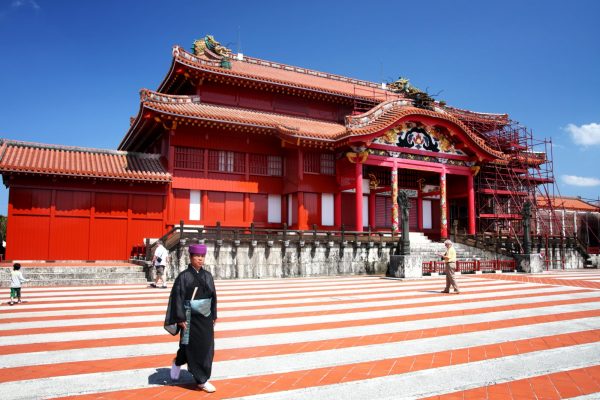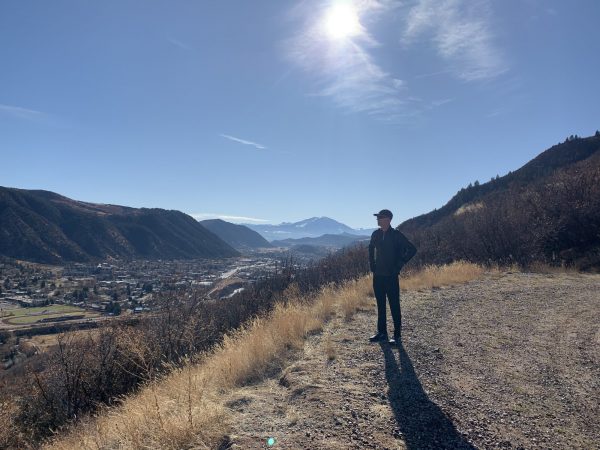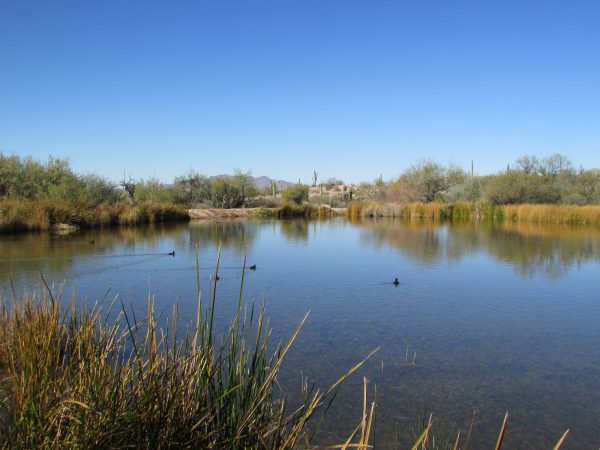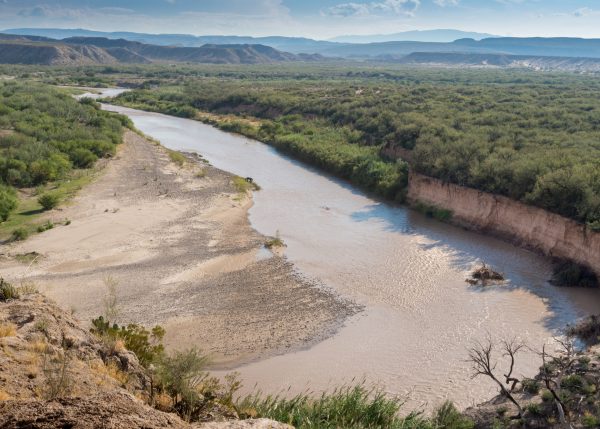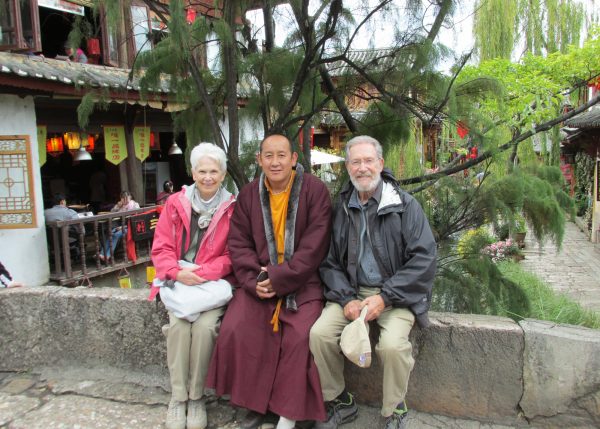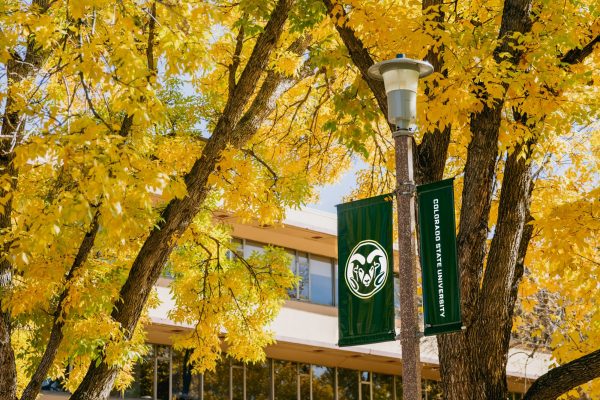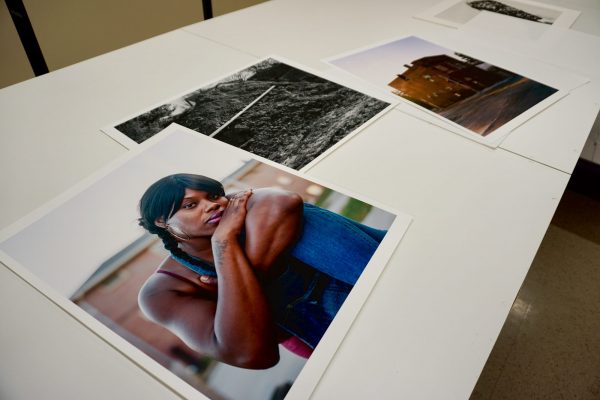Winter 2021
Navigating Borders
From water to dance, science to film, clay to gender, the liberal arts helps us navigate the borders in our lives that are physical, metaphorical, or cultural.
Scroll down to see this issue's featured stories
Letter from the Dean: Invisible Lines
A border can be so many different things and have so many different implications once it is drawn. Borders define culture, opportunity, and identity. Some borders are visible and tangible while others are conceptual and symbolic.
Navigating borders: Could water be a bridge between U.S. and Mexico?
Because both the Rio Grande and Colorado rivers’ headwaters begin in the U.S. and flow across the border, both sides depend on the other for the water. Since the 1990s, getting enough of that water has been a problem compounded by a booming population and climate change. The common problem has forced the two countries to find common ground, says Stephen Mumme.
Shifting Boundaries in the Frontier Zones of South China and Southeast Asia
How do borders get defined, and who defines them? As recently as the 1960s, China’s Yunnan province has been a transnational crossroads; in one case in Ruili County a village was sliced right in half with one part in China and the other in Myanmar. Eli Alberts explores a unified nation composed of 55 ethnic minorities, specifically the Yao people and how they have been identified and grouped since the 12th century.
Crossing National Borders to Bolster Democratic Engagement through Film and Media
Professors Hye Seung Chung and Scott Diffrient are spending time in South Korea exploring film and its use in government, human rights, and policy as Fulbright Scholars. Their goal is to bolster understanding of and appreciation for democratic principles such as free speech and human rights by critically engaging historical and contemporary Korean films.
Navigating Border Economies
The border cities of El Paso, Texas and Ciudad Juarez, Mexico – both big industrial hubs – exist specifically because the border exists, characterized by a tension that fuels economic activity. Professor Anita Pena and PhD student Adam Walke explore the complexities of interconnected economies and the economics of immigration, which is inevitably about people.
Clay is a Border of Nature, Time, and Space
Sanam Emami and students have been digging in the dirt along the Poudre River, exploring the possibilities of local clay. Local clays differ from commercialized, highly processed clays that are sourced from manufacturers. Using local clay to make functional objects ties its utility to place and provides a richer understanding of the connection between humans, place, and Earth.
Archeo-phonics: Music, Memory, & Preserving What We’ve Lost
Part poem, part sound-art, part architectural experiment, part foray into literary theory – The Aylesworth Suite, a collection of three pieces of music, each seeking to preserve not simply the memory but the sonic imprint of the now destroyed Aylesworth Hall, is a work that unexpectedly always adds up to more than the sum of its parts.
The Thing Itself: Navigating the borders of concept to performance
School of Music, Theatre, and Dance
Choreography translates the border between the emotional concept and the physical moves themselves, and allows an audience to hold their own perceptions and their own story. Three CSU Dance majors produce their senior capstone, taking their initial idea or concept and translating it into a performance, moving the idea from an internal realm to an external one.
Bridging Two Worlds
Inspired by author Gloria Anzaldua’s advocacy of coalitions and the nurturing of allyship, because “we need to know the history of [others’] struggle and they need to know ours,” philosophy student Maeve interviews philosophy student Weston about Native American life, different ways of knowing, and the interconnections that bind us together.
Climate Impact on People, Place, and Policy
Growing up in Guatemala, Diego Pons, climatologist and assistant professor of geography, couldn’t help but recognize that climate had a remarkable impact on local environments, farms and people. Pons wants to make large-scale climate science work for local farms and communities facing tough decisions.
Planting a Vision
Emeritus professor and former VP Lou Swanson receives the Yellow Mountain Foreign Advisor Award – a high recognition for work done in China. The award recognizes Swanson’s and other sociology professors’ work to improve food systems and rural development in China, an effort decades in the making.
Latin American women writers’ voices crossed borders, platforms
Languages, Literatures and Cultures
María Inés Canto Carrillo, Assistant Professor of Spanish, has focused on how the pandemic has encouraged Latin American female writers to use social media to amplify their voices, bringing forth taboo topics, feminist concerns, and their stories to the forefront.
“Being Okinawan” – An examination of Okinawa’s history and resiliency
International Studies student Caroline Dunphy reflects on her study abroad trip to Okinawa and the history that has informed the culture today, including its culinary specialty, taco rice.
Navigating Science and Public Boundaries and Broadening Student Horizons
Journalism and Media Communication
Joe Champ, journalism associate professor of science communication, works tirelessly to connect excellent students with amazing opportunities in the Forest Service, National Park Service, and beyond. The students’ experience with CSU’s Center for Science Communication (and a network assisted by Champ) lead to internships, jobs, and unimagined careers.
Finding Home Beyond the Binary
Ethnic Studies | Women's Studies
Both the terms non binary and transgender work for this Women and Gender Studies student who has confirmed their social and gender identity while studying at CSU. Gender theory provided the words and the support they needed for this transformation.
The legacy of Quitobaquito Springs, a tiny place with a long history
On the border between Mexico and Arizona is the postage stamp-sized oasis of Quitobaquito. But while the pond itself is tiny, what it holds is immense.
Rivers Across Borders: Environmental Justice in the Rio Grande Basin
Center for Environmental Justice
The Rio Grande River Basin is a non-renewable resource that supports millions of human beings and tens of millions of species. The Center for Environmental Justice at CSU studies the lives and systems that the river impacts.
An International Perspective: Faculty Donors Support Students Becoming Global Citizens
Emeriti faculty Jim Boyd and Sue Ellen Markey embody the term “global citizen.” Having lived, worked, and studied in countries around the world, these two embrace and advocate for students to enter another worldview through the establishment of a new scholarship.
College of Liberal Arts 2021 News
From our faculty securing prestigious grants to our alumni making a significant impact on local communities, the College of Liberal Arts has great news to share.
Art museums make connections across borders
The Gregory Allicar Museum of Art
By prompting dialogue about what museums do, who they are for, and how they teach us, the Gregory Allicar’s exhibitions and programming illustrate how borders are never as clearly defined as they might seem. Art museums bridge divides – catalyzing visual literacy by sparking conversation between differing ideas.

